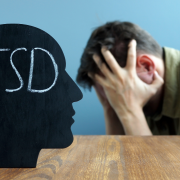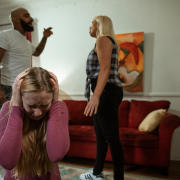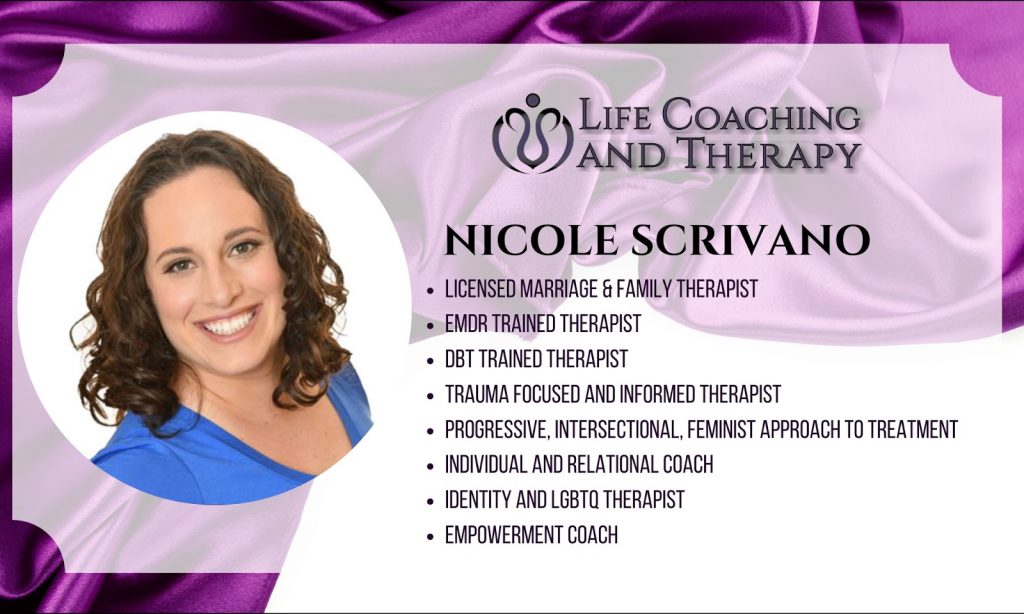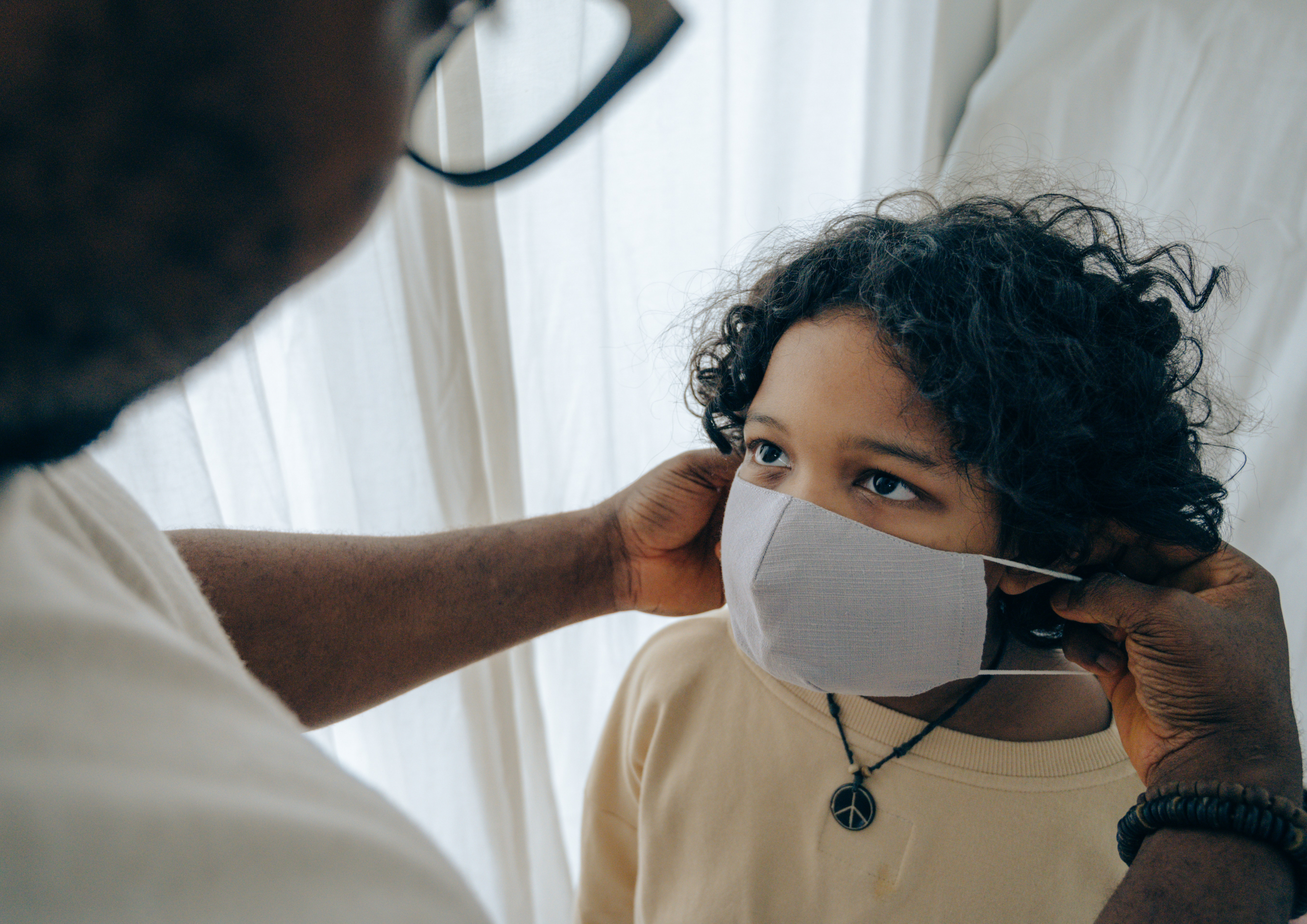How to Get out of Depression – Step by Step Guide!
How to Get out of Depression – Step by Step Guide!
Depression is a complex illness and how to get out of depression is even more challenging.
Depression can affect mental and emotional health, including physical, social, and professional side effects. How to get out of depression may be good for all to learn, as those we love may hide it.
Put simply, the disorder is exhausting, life-altering, and sometimes deadly.
Here are some ways to help you learn how to get out of depression!
Step by Step Guide – You Can Read It In Order Or Apply Out Of Order!
Step One:
The low feeling might be caused by a chemical imbalance. Start by accessing what you are putting in your body. This includes smoking, drinking and food choices for those who are sensitive. After you have reviewed a couple days worth of intake choices, try by keeping the foods that are working and eliminating those that make your mental illness feel worse. If it has no effect, no problem.
Step Two:
Do light exercising to get out of depression. Moving your body allows you to have a different relationship with your body. Not only does exercise allow for a distraction, it creates endorphins to help boost your mood.
Depression is common among people who have had major surgeries or injuries, so be careful not to overdo it. A small chart or journal to record your daily activities will help you see the progress from the beginning. QUICK intervals of exercise are more effective than hurting yourself.
Step Three:
If you are experiencing isolation, try a new or different environment.
Maybe the living room of your house has little light and you feel extra gloomy in there. Have you considered that you can add a lamp? Even rearranging the furniture so your favorite chair is closer to the window might help create a new vibe in the room.
In some cases, just finding 20 minutes to sit outside for fresh air can be the change of environment you need. Additionally, considering breaking out of the same routine each night can be a game changer too. Step by step on how to get out of depression is important. It isn’t going to happen all of the sudden!
Step Four:
Do something for someone else if you desire. So, by doing even the smallest thing for someone else (making them a card), your mood may get a boost.
Sometimes depression can cause one to feel hopeless. Instead of focusing on what you cannot do, focusing on what you change in the world is important.
It could be as small as picking a flower on your walk to the bus stop and giving it to the lady you see daily. In response to a kind gesture, sometimes, people are gracious back. That warm feeling does not have to cost you money and you get the endorphins by contributing to someone’s day being brighter. Contribution is a basic human need and it will help our mental health if we can access it.
Step Five:
Find a way to reduce stress. Therefore, care for yourself in ways that comfort you. Wear comfortable clothes, draw a warm bath weekly, or simply pick up a book. Each person is different. So, maybe for you it is taking a painting class or cooking a new recipe for dinner.
For me, looking up recipes can be calming, yet the making of the meal can get overwhelming. If this is also true for you, this will not help you get out of depression.
Attune the activity for your benefit. Check in and ask yourself what you did for hours as a child that brought you joy.
Step Six:
Find “you” time by keeping boundaries. It is important to ensure time for yourself and a space where you feel relaxed.
While life may take its toll, remember to shut all the daily bothers at a certain time of day (even for 15 minutes) just focus on you.
The time away from the troublesome bothers of your day will help you refresh and be able to handle them better.
If this doesn’t work, put in 15 minutes a day to actually fixate on what is bothering you, so then the rest of the day, you eliminate the automatic negative thoughts.
Step Seven: Reconnect with Nature. While it seems easier said than done, many people do this daily and do not realize it. How many of you noticed the lack of attunement to others and nature during the pandemic quarantine?
While some may think of reconnecting with nature as going hiking or camping, it could be as simple as opening your Uber window. The littlest observations with nature can help soothe and give your mind a new focus.
Buying a bird feeder and hanging out a window each day is one example of how to appreciate nature.
As the seasons change you can observe what new birds come back during the year. This is something that I learned from living in a first responder family, because nature can be incredibly healing when you are terrorized weekly by what you see in your career.
Step Eight:
Chart & record your progress. Even the smallest improvements can be celebrated. Whether you choose to try all of the steps above or simply pick one and see how your mood changes, remember the smallest improvement can help you combat depression.
Overall, there is not one set way on how to get out of depression or cure your symptoms. It is important that we are equitable with ourselves and others to give them what they need.
Depression does take time to combat, and each step in this guide can help lead you in the right direction. Of course, if you need personalized attention, seek counseling and psychotherapy!
If you have any questions, or for clients hoping to take their intimate lives to the next level through personalized sessions on YOUR terms, learn more about our Text Therapy Program.
Life Coaching and Therapy (LCAT) is a relationship coaching and sex therapy practice that transforms our clients lives through our flexible, multi-technique approach and pleasure-skills training provided by systemically-trained and licensed therapists!

Our team of compassionate, licensed therapists and certified sex therapists help Millennials and Baby Boomers alike who visit us for a variety of relationship, intimacy and sex problems.
LCAT provides on-site appointments, as well as video chat and text therapy programs.
Learn more about how LCAT can help improve your life at What We Do.













 Get to know our founder and owner, Amanda Pasciucco, (a.k.a. The Sex Healer) PhD, Licensed Marriage and Family Therapist (LMFT), and an AASECT Certified Sex Therapist (CST) that has developed innovative therapy programs and therapy videos that get results.
Get to know our founder and owner, Amanda Pasciucco, (a.k.a. The Sex Healer) PhD, Licensed Marriage and Family Therapist (LMFT), and an AASECT Certified Sex Therapist (CST) that has developed innovative therapy programs and therapy videos that get results.

















